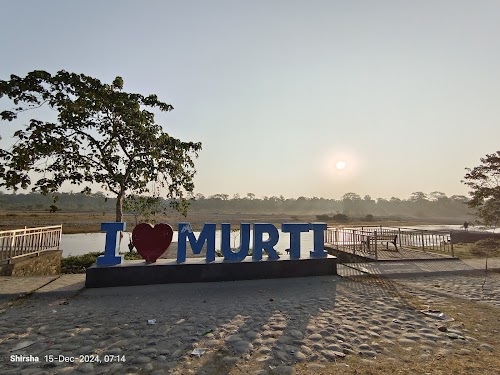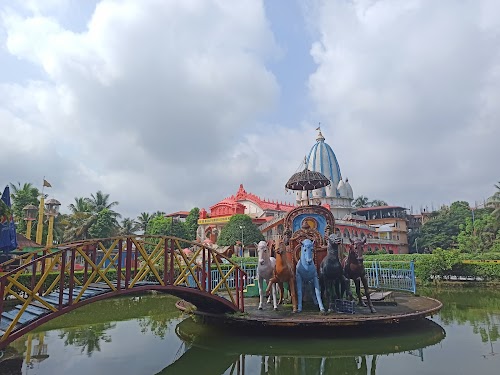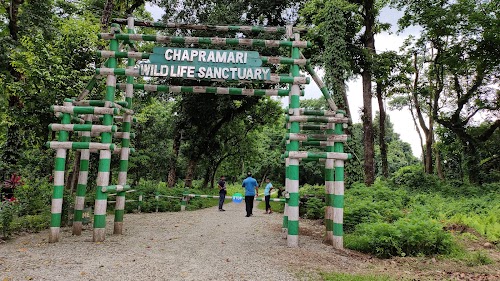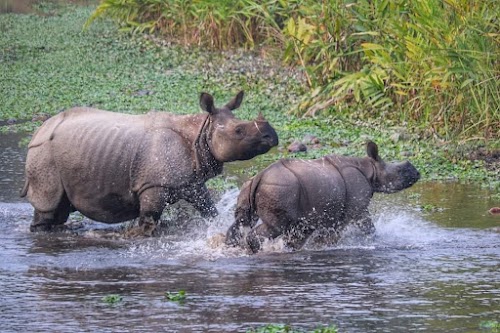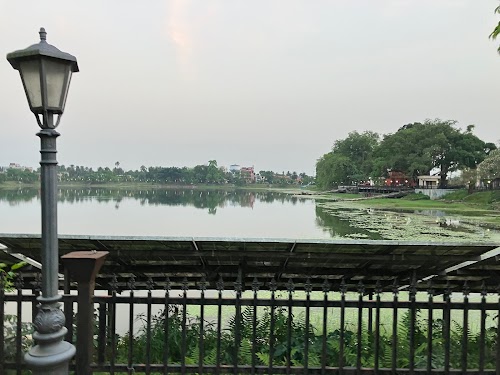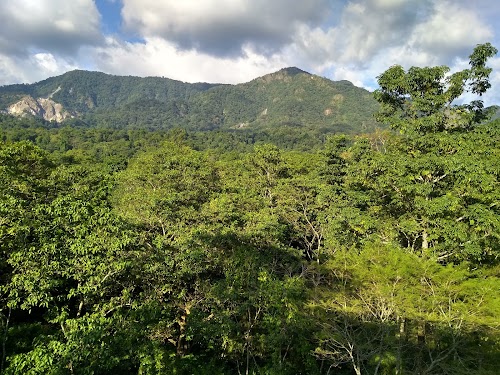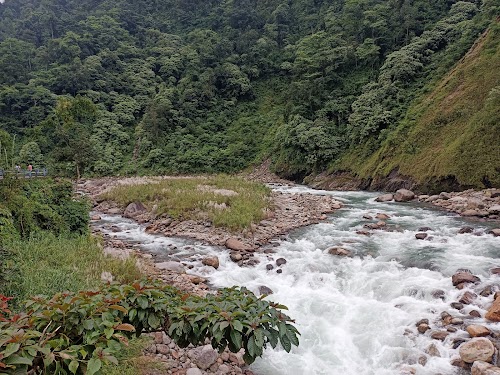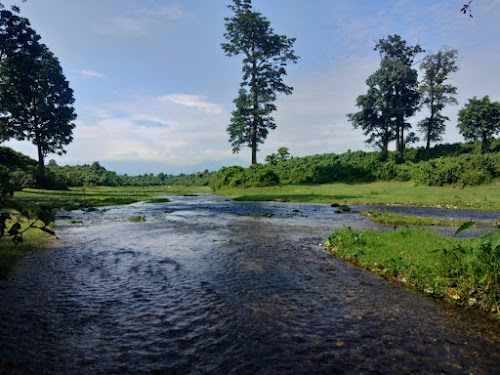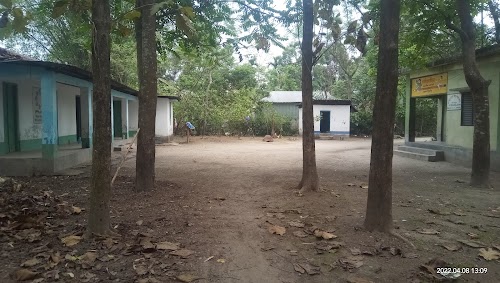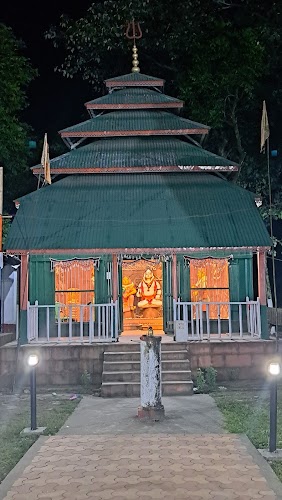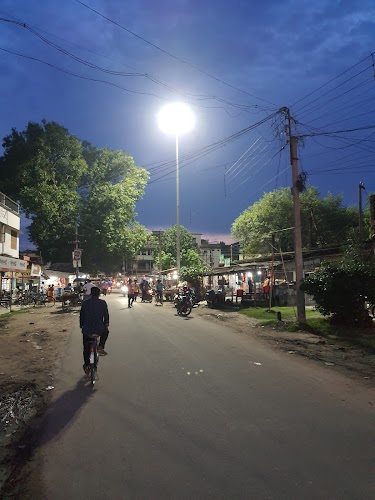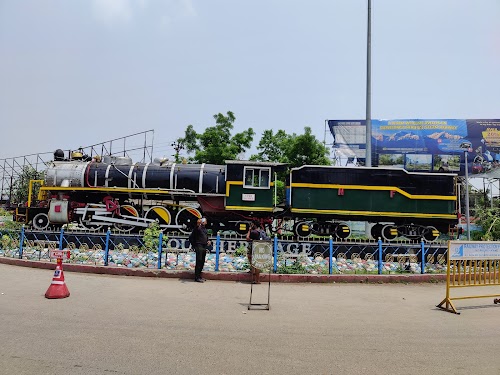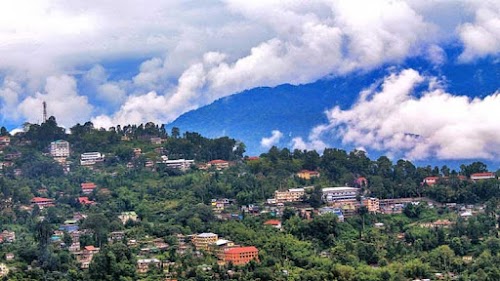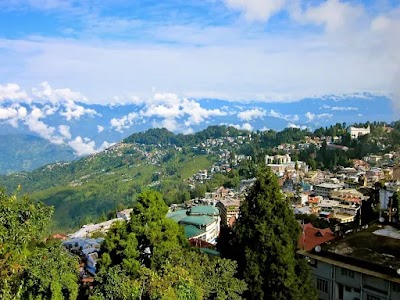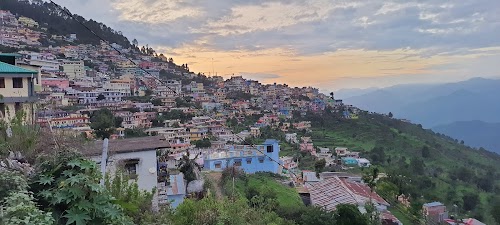
Jalpaiguri, India
Jalpaiguri, nestled in the foothills of the Himalayas in West Bengal, is a charming town offering a blend of natural beauty, cultural experiences, and historical significance. It serves as a gateway to the Dooars region, renowned for its tea gardens, lush forests, and wildlife sanctuaries. Visitors can explore the Teesta River, visit ancient temples, and immerse themselves in the local culture. The town provides a serene escape from bustling city life, with its relaxed atmosphere and friendly locals. Jalpaiguri's strategic location makes it an ideal base for exploring the surrounding attractions, including Gorumara National Park and Chapramari Wildlife Sanctuary. It offers a unique glimpse into the rich biodiversity and cultural heritage of North Bengal.
Known for:
History:
Jalpaiguri's history dates back to ancient times, with mentions in historical texts. The region was ruled by various dynasties, including the Mauryas and the Guptas. In later centuries, it came under the control of the Koch kingdom. The British East India Company established a significant presence in the area during the colonial era, primarily for tea cultivation. Jalpaiguri played a role in India's independence movement. Post-independence, it has developed into a significant commercial and administrative center in North Bengal. The town's historical landmarks, such as the Rajbari and various colonial-era buildings, offer glimpses into its past.
How to reach:
By Air: The nearest airport is Bagdogra Airport (IXB), about 45 km away. From there, taxis and buses are available to reach Jalpaiguri. By Train: Jalpaiguri has two major railway stations: Jalpaiguri Town (JPG) and New Jalpaiguri (NJP). NJP is better connected to major cities in India. By Road: Jalpaiguri is well-connected by road to nearby cities and towns. Regular bus services are available from Siliguri, Kolkata, and other major cities.
Places in Jalpaiguri, India
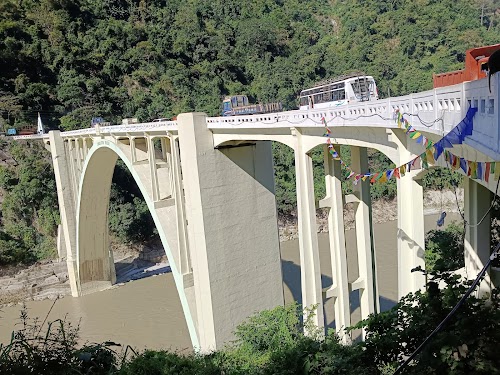
Coronation Bridge
Jalpaiguri, India
Samsing
Jalpaiguri, India
Rocky Island
Jalpaiguri, India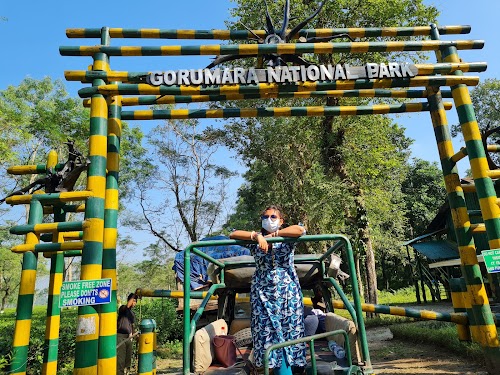
Gorumara National Park
Jalpaiguri, India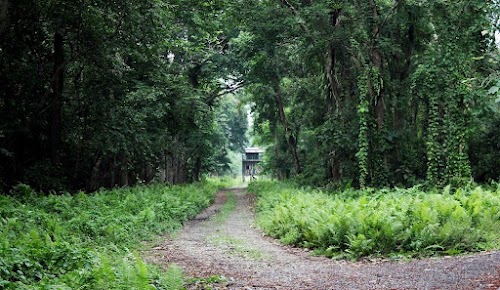
Chilapata Forests
Jalpaiguri, India
North Bengal Science Centre
Jalpaiguri, India
Bindu
Jalpaiguri, India
Jaldhaka
Jalpaiguri, India